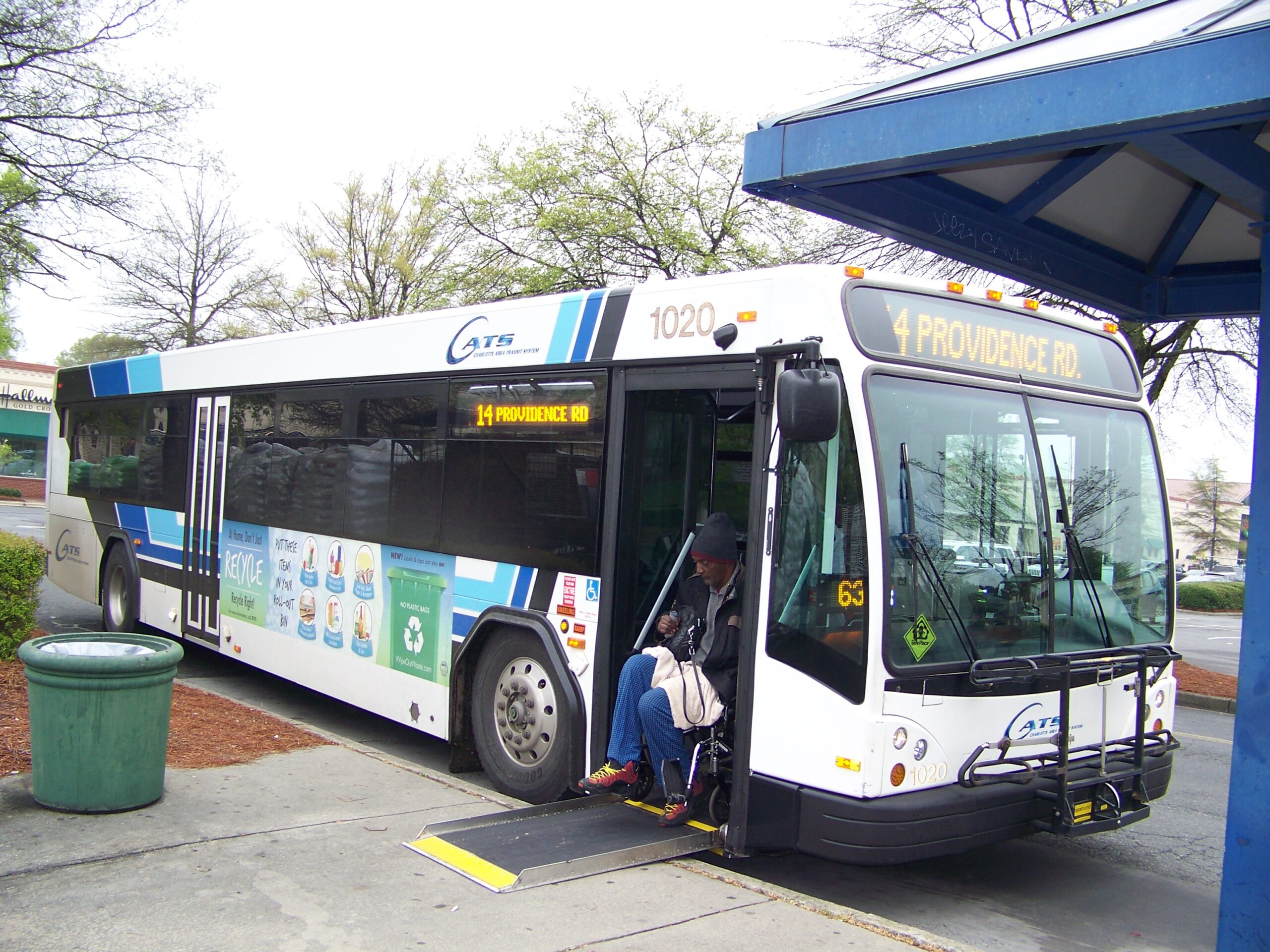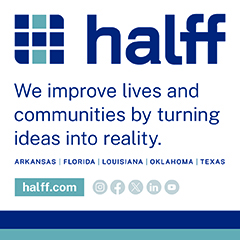The transit system in Charlotte, North Carolina, is slated to see a major expansion. The Metropolitan Transit Commission is weighing different scenarios for overhauling Charlotte’s public transportation, with options ranging from full light rail development to a hybrid approach using bus rapid transit. The scenarios, presented at a recent commission meeting by the Charlotte Area Transit System (CATS), look to balance ambitious transit goals with financial constraints as the region prepares for anticipated population growth.
“They want frequency, they want reliability, they want amenities — bus shelters,” said CATS Interim CEO Brent Cagle, as reported by WCNC. “They want a safe system. Those are all reasonable things to ask for and what transit should be providing.”
The commission’s Transit System Plan update outlines four potential scenarios for developing the region’s transit infrastructure over the next 30 years, each working within funding parameters set by proposed legislation that would implement a new sales tax starting July 2026. The tax revenue would be split with 40% for public transit, 40% for roads and 20% for other purposes.
Public engagement shows strong support for expansion. In recent surveys, 93% of participants indicated more transit options are needed in Mecklenburg County, and 95% agreed with the plan’s proposed goals of serving customers, advancing economic mobility and fostering sustainability.
All four scenarios prioritize the Red Line commuter rail as the first major project, extending from Charlotte Gateway Station to Mt. Mourne. This aligns with legislative requirements that the Red Line must be 50% complete before other rail projects can be finished. The scenarios also maintain a commitment to the “Better Bus” program, which will receive 20% of the sales tax revenue to improve bus service countywide.
The first scenario represents the most ambitious rail plan, including full light rail development of both the Silver Line and Blue Line extensions, along with Gold Line streetcar extensions. However, financial modeling suggests this rail-focused approach faces challenges under the 40% rail funding cap imposed by the proposed legislation.
The second scenario introduces bus rapid transit (BRT) for a portion of the Silver Line East corridor while maintaining light rail from the airport to Uptown. This hybrid approach helps balance costs while still providing high-quality transit service.
The third and fourth scenarios progressively shift more corridors to BRT, with the fourth scenario providing BRT service to both the Silver Line East corridor and the Pineville/Ballantyne area. These scenarios offer potential cost savings, as BRT typically costs 30-50% less than light rail while still providing many premium transit features like dedicated lanes and enhanced stations.
The commission also reviewed updated cost estimates for major projects. The Red Line is now estimated at $1.38 billion, while the full Silver Line East could cost $4.77 billion. The Silver Line West segment is projected at $2.13 billion, and various Gold Line extensions range from $380 million to $465 million.
The “Better Bus” program will be implemented in all scenarios. The program will increase service by nearly 50% in the first five years, improve 15 routes to 15-minute frequency, and expand the microtransit program across the county.
The public has been included in the process, with more than 1,400 survey participants from across Mecklenburg County. The commission will continue evaluation of the scenarios through February, followed by another round of public engagement in March and April.
The commission expects to adopt a final Transit System Plan by June 2025, with CATS returning to the Metropolitan Transit Commission in May or June with feedback and final recommendations. Following adoption, individual projects will undergo more detailed design and environmental studies before construction can begin.
Photo courtesy Kristain Baty, CC BY-SA 2.0 https://creativecommons.org/licenses/by-sa/2.0, via Wikimedia Commons













